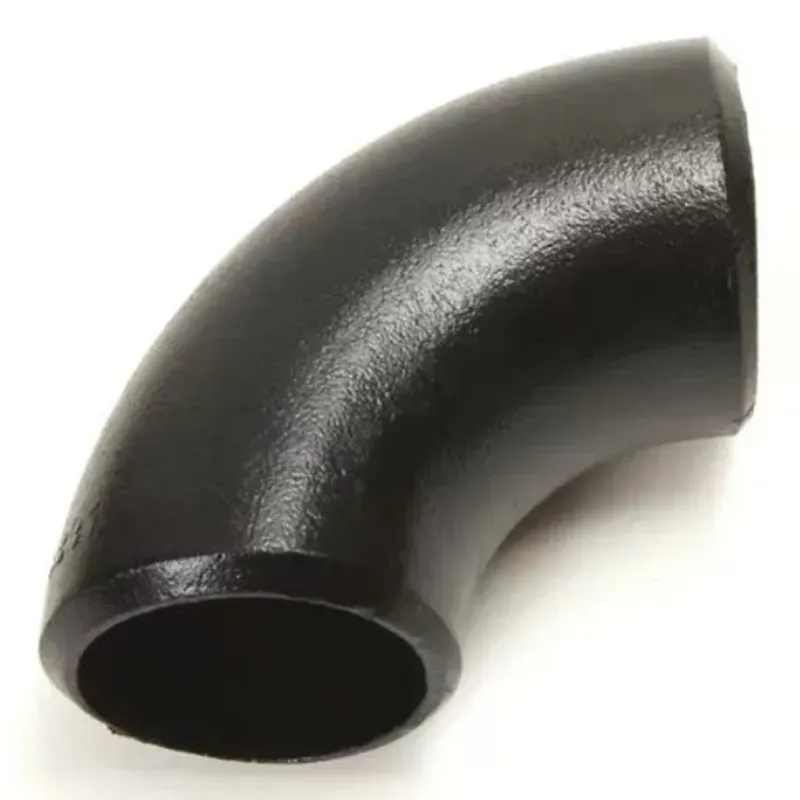-
Cangzhou Yulong Steel Co., Ltd.
-
Phone:
+86 13303177267 -
Email:
admin@ylsteelfittings.com
- English
- Arabic
- Italian
- Spanish
- Portuguese
- German
- kazakh
- Persian
- Greek
- French
- Russian
- Polish
- Thai
- Indonesian
- Vietnamese
- Zulu
- Korean
- Uzbek
- Hindi
- Serbian
- Malay
- Ukrainian
- Gujarati
- Haitian Creole
- hausa
- hawaiian
- Hebrew
- Miao
- Hungarian
- Icelandic
- igbo
- irish
- Japanese
- Javanese
- Kannada
- Khmer
- Rwandese
- Afrikaans
- Albanian
- Amharic
- Armenian
- Azerbaijani
- Basque
- Belarusian
- Bengali
- Bosnian
- Bulgarian
- Catalan
- Cebuano
- China
- China (Taiwan)
- Corsican
- Croatian
- Czech
- Danish
- Esperanto
- Estonian
- Finnish
- Frisian
- Galician
- Georgian
- Kurdish
- Kyrgyz
- Lao
- Latin
- Latvian
- Lithuanian
- Luxembourgish
- Macedonian
- Malgashi
- Malayalam
- Maltese
- Maori
- Marathi
- Mongolian
- Myanmar
- Nepali
- Norwegian
- Norwegian
- Occitan
- Pashto
- Dutch
- Punjabi
- Romanian
- Samoan
- Scottish Gaelic
- Sesotho
- Shona
- Sindhi
- Sinhala
- Slovak
- Slovenian
- Somali
- Sundanese
- Swahili
- Swedish
- Tagalog
- Tajik
- Tamil
- Tatar
- Telugu
- Turkish
- Turkmen
- Urdu
- Uighur
- Welsh
- Bantu
- Yiddish
- Yoruba

Nov . 21, 2024 03:17 Back to list
weld socket fittings
Understanding Weld Socket Fittings Essential Components in Piping
Weld socket fittings play a crucial role in piping systems across various industries, including oil and gas, chemical manufacturing, and water management. These fittings are designed to facilitate the connection of pipes, providing strong and reliable joints that can withstand high pressures and temperatures. Their unique design and functionality make them indispensable in ensuring the integrity and longevity of piping systems.
At the core of weld socket fittings is their ability to be fused directly to the pipe, creating a seamless and robust joint. This is particularly advantageous in industrial applications where the mechanical strength of connections is paramount. The welding process eliminates the need for additional fasteners or adhesives, which can degrade over time. Instead, weld socket fittings are engineered to provide a direct and permanent bond, ensuring that the flow of substances through the pipes remains uninterrupted.
Weld socket fittings come in various shapes and sizes, including elbows, tees, reducers, and caps. Each type serves a specific purpose in guiding or redirecting flow within a piping network. For instance, elbows are used to change the direction of the flow, tees allow for branch connections, and reducers are essential for transitioning between different pipe diameters. This versatility makes weld socket fittings suitable for use in complex piping systems that require careful planning and precise execution.
weld socket fittings

One of the critical factors to consider when selecting weld socket fittings is the material from which they are made. Common materials include stainless steel, carbon steel, and plastic, each offering distinct advantages. Stainless steel, for instance, is known for its corrosion resistance, making it ideal for applications involving chemicals or harsh environments. Carbon steel, on the other hand, is more economical and provides excellent strength for high-pressure applications. The choice of material should align with the specific requirements of the piping system and the substances being transported.
Proper installation of weld socket fittings is vital to ensure their performance and longevity. It is essential to follow standardized procedures for welding, including proper surface preparation, the right welding technique, and suitable post-weld treatments. This not only guarantees a tight seal but also minimizes the risk of leaks and failures that could lead to significant operational disruptions.
In conclusion, weld socket fittings are key components in the construction of efficient and durable piping systems. Their ability to create strong, leak-proof joints through welding makes them an ideal choice for a wide range of applications. By understanding their design, types, and installation methods, professionals can ensure that their piping systems operate effectively, thereby enhancing safety and productivity in their respective industries. As technology and materials continue to advance, the role of weld socket fittings will undoubtedly evolve, reinforcing their importance in modern engineering practices.
Latest news
-
ANSI 150P SS304 SO FLANGE
NewsFeb.14,2025
-
ASTM A333GR6 STEEL PIPE
NewsJan.20,2025
-
ANSI B16.5 WELDING NECK FLANGE
NewsJan.15,2026
-
ANSI B16.5 SLIP-ON FLANGE
NewsApr.19,2024
-
SABS 1123 FLANGE
NewsJan.15,2025
-
DIN86044 PLATE FLANGE
NewsApr.19,2024
-
DIN2527 BLIND FLANGE
NewsApr.12,2024
-
JIS B2311 Butt-Welding Fittings LR/SR 45°/90° /180°Seamless/Weld
NewsApr.23,2024











